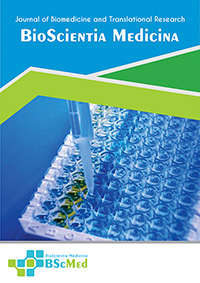Main Article Content
Abstract
Background: Orthodontic retainers, especially thermoplastic retainers, are prone to Candida albicans colonization, potentially leading to oral health issues. This study investigated the effectiveness of Mangifera indica L. leaf extract in controlling C. albicans growth on orthodontic retainers and also analyzed its phytochemical constituents.
Methods: M. indica leaf extract was prepared using maceration and digestion techniques. Thermoplastic retainers were contaminated with C. albicans and then immersed in different concentrations of M. indica leaf extract (25%, 50%, 75%, and 100%) for 15 minutes. Chlorhexidine digluconate 2% served as the positive control, and dimethyl sulfoxide (DMSO) was the negative control. The antifungal activity was evaluated by measuring the diameter of the inhibition zone. Phytochemical screening was conducted to identify the presence of various secondary metabolites in the extract.
Results: All concentrations of M. indica leaf extract demonstrated significant antifungal activity against C. albicans. The 75% extract showed the highest inhibition zone, comparable to chlorhexidine digluconate 2%. Phytochemical screening revealed the presence of alkaloids, flavonoids, tannins, and other bioactive compounds in the extract.
Conclusion: M. indica leaf extract, particularly at 75% concentration, effectively inhibits C. albicans growth on orthodontic retainers, suggesting its potential as a natural alternative for maintaining oral hygiene during orthodontic treatment. The presence of various bioactive compounds in the extract contributes to its antifungal activity.
Keywords
Article Details
As our aim is to disseminate original research article, hence the publishing right is a necessary one. The publishing right is needed in order to reach the agreement between the author and publisher. As the journal is fully open access, the authors will sign an exclusive license agreement.
The authors have the right to:
- Share their article in the same ways permitted to third parties under the relevant user license.
- Retain copyright, patent, trademark and other intellectual property rights including research data.
- Proper attribution and credit for the published work.
For the open access article, the publisher is granted to the following right.
- The non-exclusive right to publish the article and grant right to others.
- For the published article, the publisher applied for the Creative Commons Attribution-NonCommercial-ShareAlike 4.0 International License.





